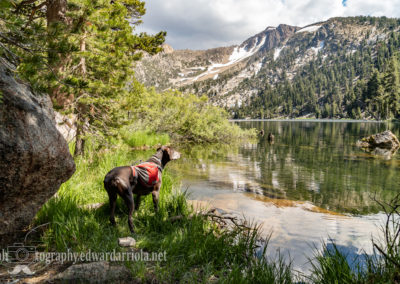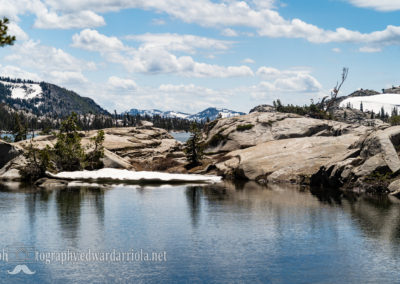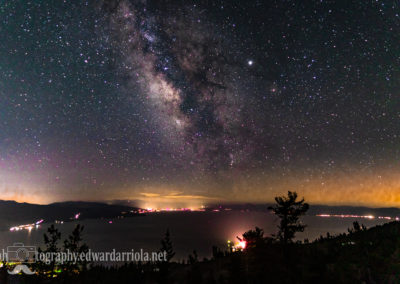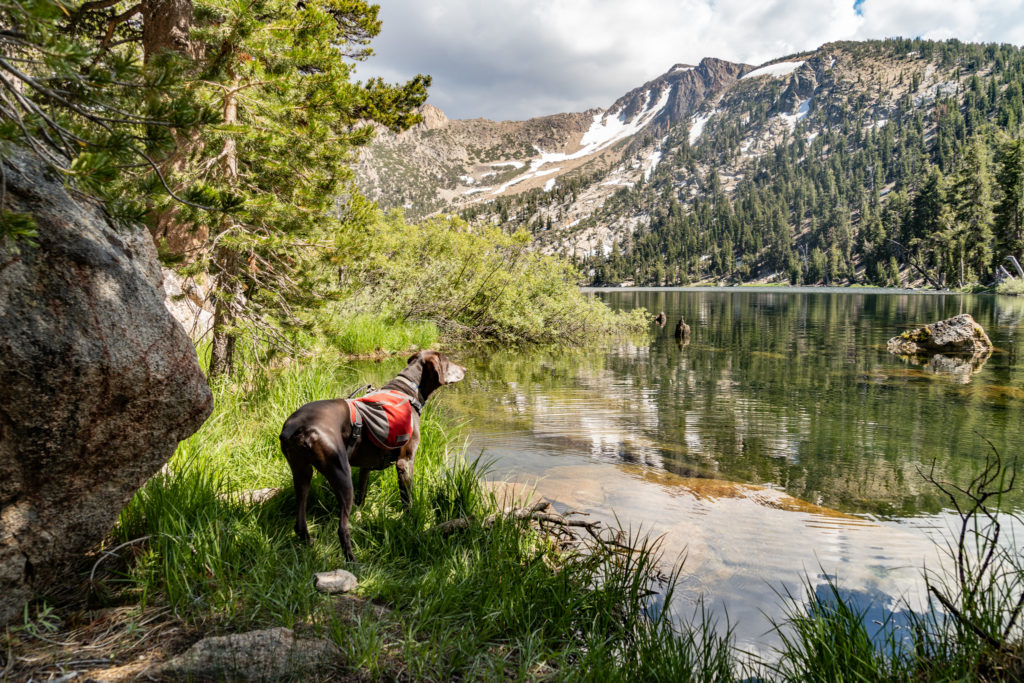36 year in review
2019. 36.
What a year.
My birthday goals for that year were to continue building myself up and to find things which would make me happy. That, I did.
Sadly, I wasn’t able to find a new theme song for that year, though it didn’t really seem I needed one. Double-chai (18 + 18 = 36) is auspicious enough that it seems I was really lucky already.
Work Narrative
Canvassing
I started 36 in Richmond, CA. East Bay, near San Francisco. I had just gotten hired with a fundraising company. The interview I had prior, with a home health care company, ran absurdly late, and I was late to my interview with the company. Luckily, I’m weird enough that they wanted to talk with me when I checked in late at the front desk.
The interview was fun, and I was hired. Obviously, I mean, I spoiled that in the prior sentence.
My interview was 3/25, I believe. My hire date was 3/27.
I started off as a canvasser for Amnesty International, but I needed to change charities when I learned of some underlying moral conflicts they had with my beliefs. Basically, they’re antisemitic as fuck. I don’t mess around with that, and I don’t have the energy for it. Sadly, much of the Bay Area is really antisemitic. I have never run into so many problems as I have there.
That said, the company I worked for (worked, past tense, because they terminated my position during the covid-19 pandemic) was pretty good and opened up a different charity in the Bay for me, Heifer International. Heifer is freaking great. I loved canvassing for them.
I worked as a door to door and street canvasser, raising monthy funds for these charities. I got to meet some incredible people who came to the Bay to help train us. Most of the people who came were significantly younger, in their early or mid 20s, but they were incredibly capable, bright, and empathetic. This company was really great at finding quality talent.
My teammate, Mark, is basically one of the greatest guys ever. He has a rich, intriguing story full of heartbreak and triumph, and he was the best street fundraising companion I could have asked for. He was only 20 when we met, but we got along famously. We both made supervisory positions the same week, and that was done with both of us helping each other. We hired some really great people, but sadly lost them when the rigors of the job were too much for them.
Canvassing isn’t easy, but it’s hell of a lot less easy to burn out on that than insurance.
The company needed a supervisor in Seattle, and Jalisa wanted a position there, so that’s where we headed in November.
I started off as a street fundraiser for Covenant House, a homeless youth transitional services provider. We moved to a door to door campaign. It was interesting and fun. My immediate boss, Divina, is an incredible woman. We recruited and trained a few people whom I’ve grown close to. During this shut down, I miss working with them.
Insurance
Through no fault of my own or Kimi, the transition of selling my book of business to her was incredibly rough. To this day, we still don’t know how complete that has been. It’s frustrating.
All that said, it’s nice to have been done, as I’ve been able to take a remote producing position with her during the pandemic. It should result in a decent amount of income while I go to school and it’s flexible enough that I don’t have to worry about making up school hours.
School Narrative
I’ve been tired of making crap money and working crap jobs for a while. I’m not that fond of insurance any more, but I still love helping people. Canvassing is much the same — I like the cause but the hours and wear on my body isn’t worth the pay.
Jalisa helped me realize that physical therapist assistant training might be a good route for me, and after a lot of reasearch I fell in love with the idea. It ticks all the boxes of what I want in a job and nicely ties together a lot of the skills I’ve learned in the past, namely massage therapy, communications, and customer service.
The biggest irony is that I enrolled in a Tucson based school (Pima Medical Institute [PMI]) in Seattle, after moving to Seattle from Tucson. It’s an irony only I seem to enjoy, but I get enough enjoyment out of it for everyone.
I started the enrollment process in late 2019, around December 23 or so, and started January 27.
Classes are interesting and my instructors are great. My classmates are a wonderful group of people. I miss them terribly during the lockdown.
What’s really frustrating for me is there is no way to know when we’ll be able to go back to school. We might need to take an incomplete for the semester if we can’t take the final, because the final needs to be in person for accreditation purposes. Another hiccough is we had to move everything online, and I don’t really learn this kind of material well online. I’m lucky enough to have massage school and years of anatomy and physiology schooling under my belt, but many of my classmates don’t. I’m struggling enough, even with that history, and I am genuinely worried for my classmates.
All that said, I’m currently maintaining straight As about 2/3ds of the way through the first semester. I hope I can make honors. Next semester is going to be an intense one with a number of difficult classes, namely pathology.
Hiking Narrative
Hiking near the Bay was pretty nice. There were a lot of ticks (ick) which is a lot different, and potentially more dangerous, than the fleas of San Diego. Luckily plenty of flea and tick medication is cheap, accessible, and super effective. There are few things so wonderful as watching a tick try to latch to one of our beloved dogs, then fall off and start dying when the medication hits. It’s beautiful.
Cache Creek
For my birthday hike (a week late, 4/6), we went to Cache Creek Wilderness. It was gorgeous, and we were the only two people we saw for two days. There was a couple we ran into on the way in, but after that it was incredible solitude.
Rye did great, Mia did great, Gatsby stayed at home with our landlord.
We tried to do a trail called the Cowboy Camp Loop, but we lost the trail at a really poorly marked area. We went up and back over a bunch of areas, including some overgrown, soggy ground that was likely closed to foot traffic, and just couldn’t find a damn trail! We ended up turning back so as not to lose our light, and went and set up camp where we started. And it was just gorgeous.
Rye started to become really good off leash, and he started to become somewhat trustworthy.
It was really fun the last day when he ran off and came back after we hollered at him to return. He came trotting back with his pack on and a dumb smile on his big old face.
One of the most compelling things about Cache Creek was the isolation. There’s a beauty in being able to just absoltely disappear only an hour from civilization. No people, no pollution, no noise. Just us. Hell, the first day was warm enough we were able to strip down after setting up camp and didn’t need to worry about being seen. That’s isolation!
Tahoe Rim Trail
This is probably one of the things I’m most proud of, and I’m still working on documenting my experience.
There was at least a year of living and growth packed into those two months. Between the successes and struggles, the beauty and fear, and just embracing so much self afflicted suffering, I don’t know if I’ll ever be able to sufficiently say what it did for me.
We started planning this trip in earnest in January of 2017 with the leader of a San Diego dog hiking group, Shannon. Shannon, Jalisa, and I had been talking about this since 2016, though. We all wanted to do a thru hike with the dogs and the TRT is completely dog friendly.
The crew: Shannon and Travis, with Cappie the vizsla; Jalisa and Eddie, with Rye the German shorthaired pointer and Mia the chorkie.
The destination: South Lake Tahoe all around Lake Tahoe with a stop in Tahoe City, back to South Lake Tahoe. Clockwise.
The first day was one of the most amazing days. Rye became, truly, my trail dog. He would run ahead, wait in the shade for us, and then go ahead. If we took too long, he’d come back and check on us. He made friends with a Girl Scout troop, he relaxed at Star Lake, and he accompanied me while I took a dump (well off trail and with a 6+” cathole, Leave No Trace, baby!). It’s the best feeling to have a trail dog, and Rye is a great one.
Shannon, Travis, and Jalisa had to get off trail the fourth day due to all the dogs getting injured. It was heartbreaking but necessary. We didn’t go all the way out there to bail, so I soldiered on as the crew found accomodations and recalibrated.
We were in Desolation Wilderness, one of the most incredible landscapes I’ve seen, when the decision was made to split. We had picked up a lone hiker, Forrest, the day before, and some of Travis’ friends joined for a couple nights, at that section. They all went on that morning while I accompanied the crew and the dogs back to the water taxi that services Echo Lake, where we were. That added about four miles to my trek that day and set me back about three hours.
I had lost the trail so badly near Lake Susie that I had to have a day hiker show me where it went. Honestly, that was a lot of fun. I went off trail up the side of a mountain trying to find the trail, and it was something I never thought I’d be able to do. The conversation and random camaraderie of the people who I talked to was a pleasant relief, and getting back on track felt wonderful.
After that I had to cross Dick’s Pass, and I lost the trail due to the snow and the fact that I was so green in those conditions.
That was an exhilarating, terrifying, triumphant, 25 mile day. And I made it. I fucking made it as the sun was going down. I was alone going on exposed trails with 1,000+ foot drop offs, crossing the top of a mountain pass with snow that could dump me down the side, and a fear of heights that was tamed by determination and trekking poles.
The temp-crew went to the campsite and waiting…and worried. Because I was wearing an aloha shirt, they assumed I was Hawaiian and asked a bunch of people who went by if they saw me. A few had, but most hadn’t.
I rolled in about 30 minutes before sunset, enthralled and relieved. And with massive chafing.
Forrest and I finished the first half of the trail, to Tahoe City, alone, after the temporary crew took off according to all their own plans.
I took a zero day at Tahoe City. We took Mia to the vet for a cough. We all found dog sitters for the critters. We resupplied, reconfigured our pack loads, drank and ate a good bit, celebrated my completion of the first half, and we set off the next day for the second half.
We completed the second half together. It was wonderful.
One night, Travis and I sat up and watched the Milky Way rise over Lake Tahoe. I took my first successful timelapse photo series over that night.
There were a number of wonderful moments: battling mountain bikers, 16 mile water carries, wonderful campsites. But I’ll recount those later.
At the end, on the final half mile, everyone let me go ahead so I could pull us all in and fully complete the trail. It meant the world to me.
Intermission.
I really could go on and on about the TRT, and I will eventually. There’s so much that happened. I want to finish covering my year, though.
Yosemite
We went to Yosemite a number of times. The first time was right when the snow started melting, so the rivers were swollen and the waterfalls were brimming with massive energy. The second time we went things were tamer.
We stayed at tent campsites, at a semi-permanent structured camp shelter (Housekeeping Camp), and at Camp Curry, which was a heated tent cabin.
We hiked up to the top of El Capitan, we saw Bridalveil Falls a few times, we overlooked Glacier Point.
We kayaked in Tenaya Lake on Jalisa’s birthday.
Honestly the emotional intensity of Yosemite, like the Rim Trail, deserves its own post and I’ll have to do that when I can devote the focus to it.
Vignettes: general stuff
I really was glad to get out of the Bay. I met some great people there, but I also met a lot of atrocious people.
Jalisa and I got to see Hamilton! It was just stunning. I got to see it also with my friend Sarah, who is just a great person all around.
I got to catch up with a friend from high school and someone who helped get me into photography, Bella. I forgot how fun it was to hang out with her.
I met a person, Emilie, who is outdoorsy and has become someone I can talk with randomly. She moved to Portland, OR shortly before we left for Seattle.
We found some really great restaurants in the Bay, namely Uncle Wong’s, Los Moles, H. Salt Fish and Chips, and Richmond Pizza House.
We found some incredible breweries in the Bay, my favorite was Armistice Brewery and Anchor (yes, that one).
I found a few fun karaoke spots, but nothing worth naming outright.
We had a few fun little trails in Wildcat Canyon near where we lived.
Rye loved eating the tomatoes off the plants in our backyard.
The dogs got skunked a few times.
The synagogues in East Bay kind of sucked, but the ones in SF proper were rad and amazing.
Piedmont is full of a bunch of rich assholes who have no hearts.
We walked across the Bay Bridge, and it was exhilarating.
The food scene is ridiculous, though the Mexican food is lacking, all the other culinary regions are well represented.
While it’s dog friendly there, it’s not as dog friendly as they want you to believe.
The tech scene is overwhelming while the humanitarian work is uplifting.
The hospitals generally take really good care of their nurses.
Fog is beautiful or annoying. Sometimes both. Depends on the day.
Dolphins and whales can pop up out of nowhere.
Alcatraz is an experience.






